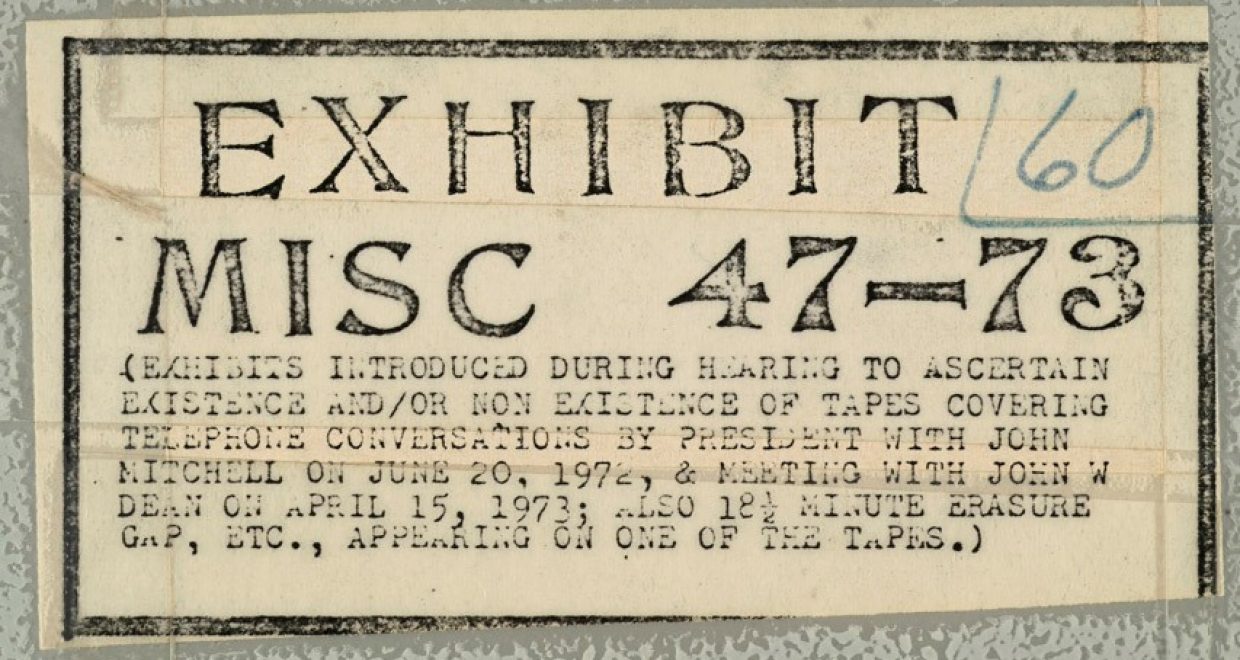Q&A with Kevin M. Kruse: Meet the Editorial Board for Modern American History
For the latest entry of our blog series introducing the board members of the new Cambridge University Press journal, Modern American History, Kevin M. Kruse shares his thoughts about where he thinks the field of modern American history is heading. Kevin M. Kruse is a Professor of History at Princeton University. He specializes in the political, social, and urban/suburban history of twentieth-century America, with a particular interest in conflicts over race, rights and religion and the making of modern conservatism.
 Why do you study modern American history and not something else?
Why do you study modern American history and not something else?
Originally, history served as an appealing way to understand the world around me. That starting point naturally led me to study not just America, but America in the mid-twentieth-century.
What are some of the challenges facing the field today? In what new directions might the field go?
Modern American history is a sprawling field, with dozens of important subfields. As a result, however, there’s often been a trend to balkanization. The best new work, as always, will be those studies that fight against such trends and seek to bridge subfields, whether that be using the tools of one to illuminate the issues of another, or simply looking more closely at an area of overlap that’s been overlooked for far too long.
Some new directions will be natural extensions of existing trends. Political history, which once focused on liberalism and then belatedly discovered conservatism, has now been moving “beyond red and blue” to consider movements that don’t line up so neatly on the political spectrum, and I’d certainly expect that to continue. The long arc from urban to suburban to metropolitan history, meanwhile, should continue to expand (spatially, at least) with greater consideration of long overlooked rural areas, farming communities and small towns. Likewise, the recent surge of interest in mass incarceration should lead to broader studies of law enforcement at the local, state and federal level.
If you could have been present in any “room where it happened,” what would you have witnessed?
I’d love to have been in Richard Nixon’s Oval Office during the famous 18 ½ minute conversation about the Watergate cover-up, the one for which the tape recording was later “accidentally” erased.
Modern American History’s first print issue will appear in 2018. Sign up for online content alerts and follow us on Twitter @ModAmHist. Article submissions and 250-word proposals for special features can be sent to mahist@bu.edu.
Main image: This is one of a series of images relating to the tape recorder that was operated by President Richard Nixon’s White House secretary Rosemary Wood as part of the Nixon White House taping system. Wood used this recorder to create the tape of June 20, 1970, containing the infamous “18 1/2 minute gap. Image Source: National Archives Catalog






